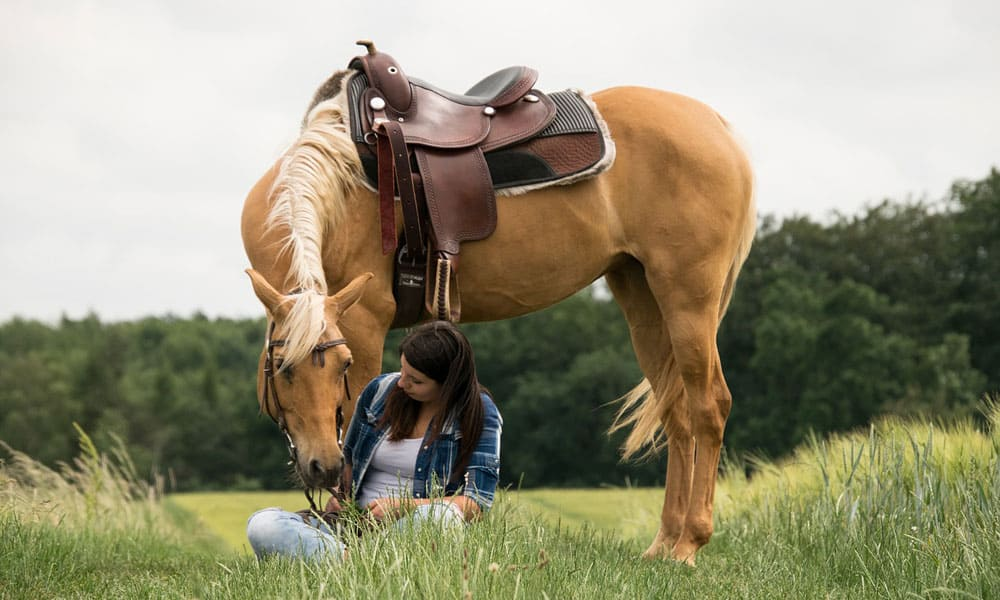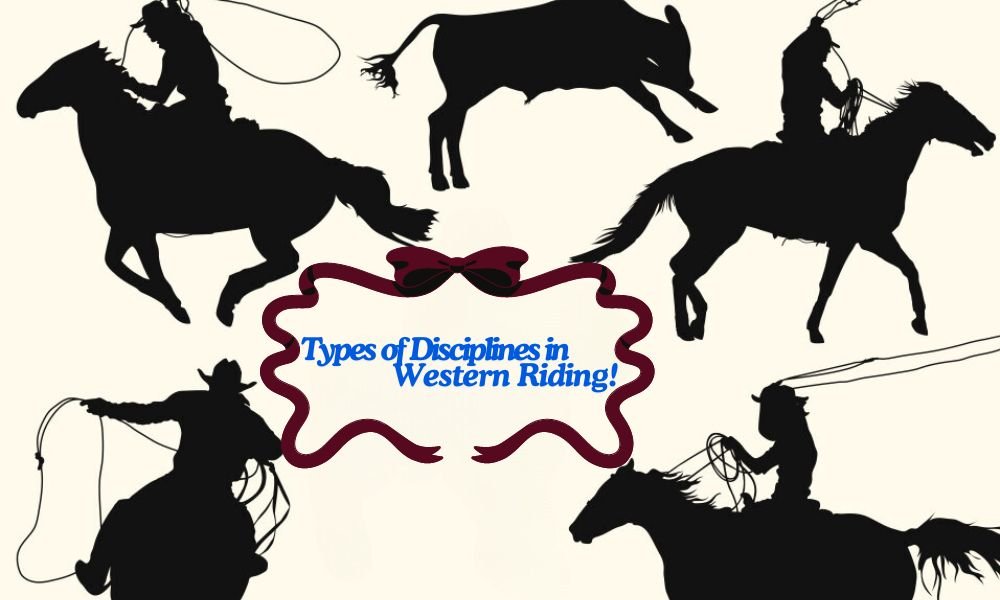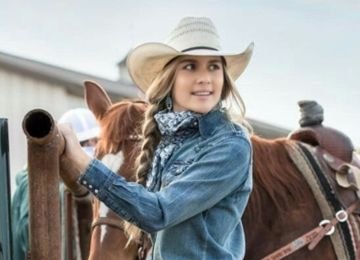
Western Style Riding: Tips and Tricks to Try
Welcome to the world of Western-style riding. Whether you’re a seasoned rider or just starting, exploring the distinction of western riding can enrich your experience. Western riding, originating in the rugged terrains and profound heritage of the American West, transcends mere skill. Western-style riding originates in the tradition of the American West, in the lifestyle of early cowboys and ranchers. Western riding developed in the 19th century. When pioneers, settlers, and cattle ranchers relied on horses for transportation, ranch work, and cattle herding. The horn on the saddle was used when a cow was captured and roped.
Western riders use different tips and tricks while seeking horsemanship. Western riding also known as english riding, evolved as a practical and efficient way to manage livestock. Its focus on comfort, stability, and control makes it an efficient style for leisure riding and ranch work.
Also, Check Out: Cool Horse Barn with Stalls – Tips and Ideas
Table of Contents
Types of Disciplines in Western Riding

Western riding comprises a range of western disciplines, each presenting unique skills and challenges. Some of the most essential disciplines include
- Reining
- Cutting
- Barrel racing
- Trail riding
- Western pleasure
- Ranch riding
- Goat tying
- Cowboy Mounted Shooting
- Western horsemanship
Most Popular Breed
The American Quarter horse also known as western horse stands apart as quite possibly one of the most famous varieties in Western riding because of its flexibility and quiet way of behaving. In this guide, we’ll dig into a fortune of tips and deceives to upgrade your western riding experience.
Ways of Riding a Horse
In general, there are two ways of riding a horse
- English style
- Western style
How to Ride Western
Western-style riding involves a set of techniques and equipment as compared to English-style riding. Here’s a complete guide on how to ride western.
Preparing a Western-style Seat
1. Purchase a Western saddle
First, purchase a western saddle that suits you and your horse. While purchasing, ensure proper fitting and comfort. Because a Western saddle is heavy and oversized, it also has a horn in front to help with herding cattle.
2. Saddle Your Horse
Secondly, you have to learn horsemanship. Learn the correct way to saddle your horse. Make sure the distribution of weight and proper padding.
3. Use a Western bridle.
Choose a Western bridle that matches your saddle and get acquainted with the reins and bits to communicate with your horse effectively.
4. Sit Deeply in the Saddle.
Western riding discipline highlights a deep seat for stability and balance. While maintaining a straight back, relax your hips and thighs.
Steering western style
1. Hold the Reins in Your Nondominant Hand
Western riders often use one hand for better control, unlike English riders, who hold both reins separately. Steer with light touches from the reins with a single hand. Hold the rein with your nondominant Hand.
2. Keep Your Eyes Up
Maintain a forward gaze to stay aware of your surroundings and communicate effectively with your horse.
Exercise To Keep Your Eyes Up:
Practice riding while focusing on distant objects, gradually increasing your awareness and balance.
3. Use Neck Reining to Steer
Master the art of neck reining, applying slight pressure on one side of the horse’s neck to direct it in the desired direction.
4. Ride with Your Legs.
Use your legs for hidden signs and prompts, supporting your controlling orders.
Exercise to ride with your legs
Practice leg yields and changes to refine your leg, which helps.
5. Give Steering Signals with Your Hips and Seat
Connect with your center, utilize unpretentious changes in your hips, and situate to convey turns and advances.
Using Western Style Gaits
1. Know the Difference between English and Western Gaits
Western riding typically includes walking, jogging, loping, and galloping each has its rhythm and purpose.
2. Walk a Horse
While riding, the first step is to start with a relaxed walk, maintaining peace and encouraging your horse to move forward.
3. Progress Your Horse into the Jog
Transition smoothly into a jog, maintaining a balanced and controlled gait.
4. Progress into a Lope
Practice transitioning from the jog to a lope, a smooth and rhythmic gait often used in Western pleasure and performance events.
5. Progress into a Gallop
When appropriate, encourage your horse into a controlled gallop, focusing on maintaining balance and communication. Although galloping is not necessarily a gait, you will see it in western horse shows.
6. Use Noise Signals to Change Speeds
Incorporate verbal cues, such as clucking or kissing sounds, to signal speed changes and transitions.
7. Stop Your Horse with a Gentle Rein Motion
Practice halting smoothly and gradually using gentle rein pressure and your seat aids.
Distinctive track and attire
Western riding is not just about technique; it’s also about style and tradition.
1. Western Saddle
Most riders and ranchers are still using similar saddle like that saddle used by riders in old days. Western saddle is known for comfort and security during long rides because of its following qualities:
- It has a deep seat
- It has horns
- It has wide stirrups
2. Western Bridle
Western bridles add flair while facilitating communication with your horse due to its curb bit and decorative accents.
3. Riding Attire
Opt for comfortable and durable clothing suitable for western riding, including jeans, boots, and a Western-style shirt.
Tips to Improve Your Western Riding
1. Work on the Railing with Your Horse
Practice riding along barriers to refine your steering and control.
Exercise to handle Horse Railing
Set up cones or markers and navigate your horse around them at varying speeds.
2. Set up a Video Camera to Improve Your Riding
Record your rides to analyze your
- Riding technique
- Posture
- Communication with your horse
We are seeking feedback and adjusting as needed.
Conclusion
In conclusion, Western-style riding is not just a hobby, it’s a timeless art that connects us with nature, heritage, and the spirit of the American West. Mastering Western-style riding is a rewarding journey that requires devotion, practice, and a profound comprehension of pony and rider elements. By consolidating the tips and deceives illustrated in this guide, you can upgrade your abilities, construct a more grounded association with your pony, and thoroughly drench yourself in the rich legacy of Western riding. Whether you’re a carefully prepared rancher or a beginner fan, embrace the soul of the West and partake in the excitement of riding the Western way.









